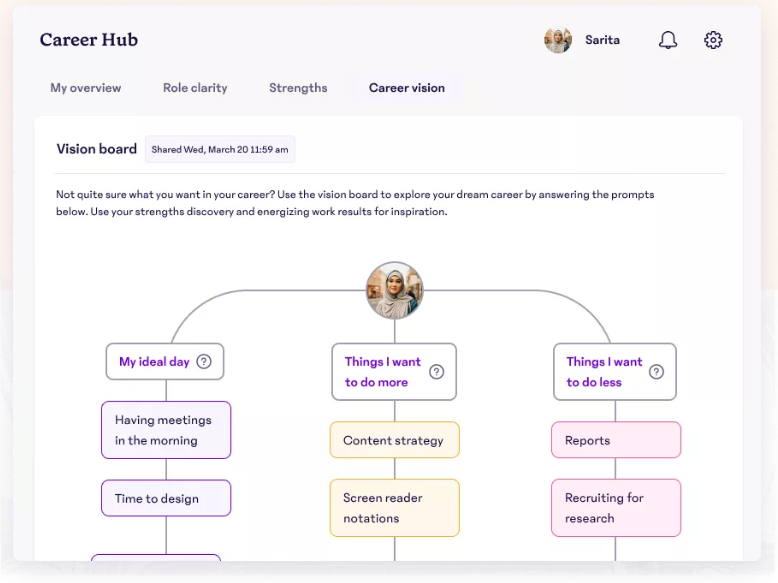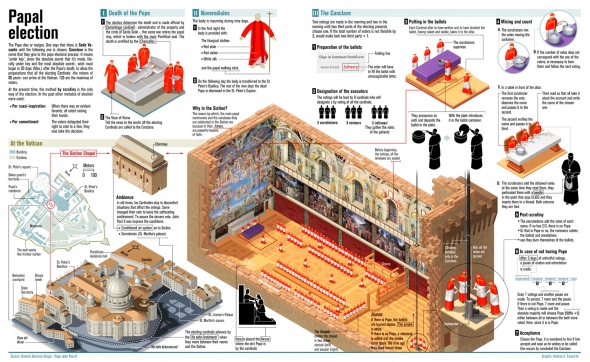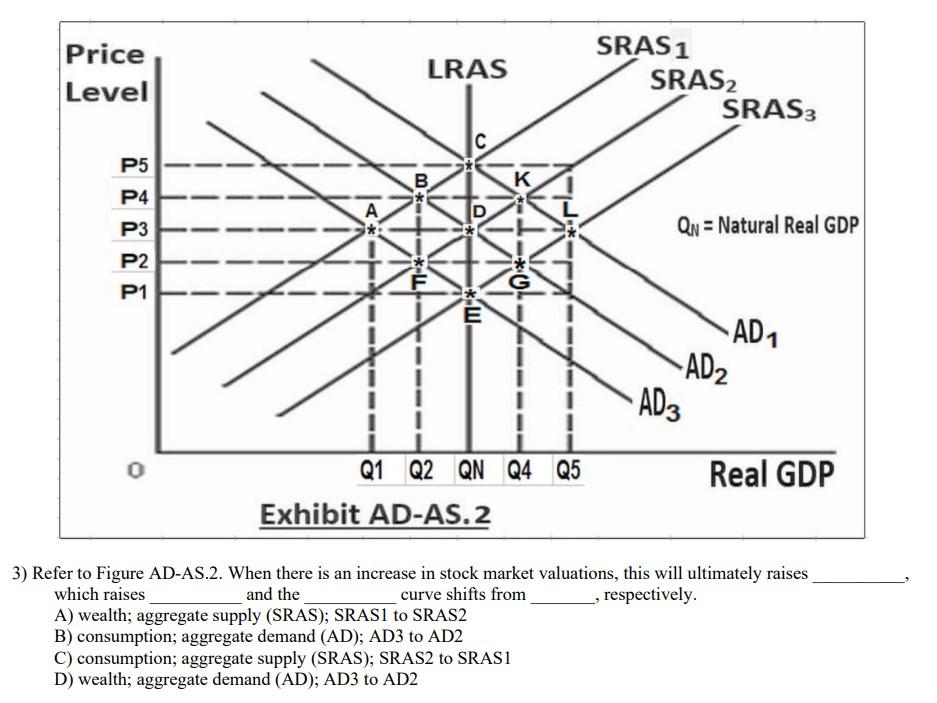How Effective Middle Management Drives Company Performance And Employee Satisfaction

Table of Contents
The Bridge Between Leadership and Employees
Effective middle managers are the linchpin connecting high-level strategy with on-the-ground execution. They are responsible for ensuring that the company's vision translates into tangible results, while simultaneously fostering a positive and productive work environment for their teams.
Translating Vision into Action
Effective middle managers don't just receive directives; they transform them into actionable plans. This involves:
- Clearly defined roles and responsibilities: Each team member understands their contribution to the overall goals, minimizing confusion and maximizing efficiency. This clarity is crucial for effective team management.
- Regular communication of company objectives: Keeping teams informed about the bigger picture fosters a sense of purpose and commitment. Regular updates and open forums are essential for transparent communication.
- Breaking down complex tasks into manageable steps: Large projects can feel overwhelming. Effective middle managers break them down into smaller, achievable goals, improving team morale and productivity. This process is vital for project management success.
- Providing the resources and support teams need to succeed: This includes access to necessary tools, training, and mentorship. Supporting employee growth directly impacts team performance.
Championing Employee Engagement
Beyond task management, effective middle managers cultivate a thriving work environment. This involves:
- Open communication and feedback channels: Regular one-on-ones, team meetings, and open-door policies encourage feedback and address concerns promptly. This builds trust and improves morale.
- Recognition and reward systems for achievements: Acknowledging individual and team accomplishments boosts motivation and reinforces positive behaviors. Employee recognition programs are crucial for retention.
- Mentoring and development opportunities for team members: Investing in employee growth demonstrates commitment and fosters loyalty. Leadership development programs can create future leaders from within.
- Promoting a culture of collaboration and teamwork: Encouraging teamwork and knowledge sharing creates a synergistic work environment where everyone contributes their best. Team building exercises and collaborative projects are effective strategies.
Driving Operational Efficiency and Productivity
Effective middle managers are not just managers; they're optimizers. They constantly seek ways to improve efficiency and productivity within their teams.
Optimizing Processes and Workflow
Continuous improvement is a hallmark of effective middle management. This includes:
- Identifying and eliminating bottlenecks: Pinpointing and resolving workflow impediments ensures smooth operation and prevents delays. Process mapping can help visualize bottlenecks.
- Implementing best practices and new technologies: Staying current with industry trends and leveraging technology improves efficiency and keeps teams ahead of the curve. Technology adoption training is key to success.
- Streamlining workflows and reducing redundancies: Eliminating unnecessary steps and streamlining processes reduces waste and improves output. Lean management principles are particularly useful here.
- Monitoring key performance indicators (KPIs): Tracking relevant metrics provides data-driven insights for continuous improvement. Regular KPI reviews are crucial for making informed decisions.
Resource Allocation and Management
Effective resource management is critical for maximizing output. This involves:
- Strategic budgeting and cost control: Making informed decisions about resource allocation ensures projects stay on track and within budget. Financial literacy training can significantly benefit managers.
- Effective utilization of personnel and equipment: Matching skills to tasks and optimizing equipment use maximizes efficiency and minimizes waste. Proper scheduling and task delegation are essential.
- Prioritization of tasks based on company objectives: Focusing efforts on high-priority tasks ensures alignment with company goals. Project management tools are helpful here.
- Problem-solving and decision-making within their area of responsibility: Middle managers need to be decisive and capable of solving problems independently, reducing the burden on upper management.
Fostering a Positive and Supportive Work Environment
Creating a positive and supportive environment is just as important as achieving operational goals. Effective middle managers understand this connection.
Building Strong Teams
Team cohesion is crucial for productivity and employee satisfaction. This involves:
- Team building activities and initiatives: Creating opportunities for team members to bond and build relationships strengthens teamwork. Team building exercises should be tailored to the team's needs.
- Open and honest communication among team members: Fostering a culture of open communication ensures everyone feels heard and valued. Regular team meetings and feedback sessions are essential.
- Conflict resolution and mediation: Addressing conflicts promptly and fairly prevents escalation and maintains a positive team dynamic. Conflict resolution training can be highly beneficial.
- Delegation and empowerment of team members: Empowering team members with autonomy and responsibility boosts morale and fosters ownership.
Promoting Employee Well-being
Prioritizing employee well-being leads to increased job satisfaction and reduced turnover. This involves:
- Work-life balance initiatives: Supporting employees' efforts to maintain a healthy work-life balance improves morale and reduces stress. Flexible working arrangements and generous leave policies are key.
- Opportunities for professional development: Providing opportunities for growth and advancement shows commitment to employees' careers and increases retention. Investing in employee training is an investment in the company's future.
- Mental health and wellness support: Offering resources and support for mental health demonstrates care and contributes to a healthy work environment. Employee assistance programs (EAPs) are a valuable resource.
- Addressing employee concerns and feedback: Responding to concerns promptly and seriously shows respect and builds trust. Regular feedback mechanisms and open communication channels are essential.
Conclusion
In conclusion, effective middle management is not simply a layer of bureaucracy; it’s the critical engine driving company performance and employee satisfaction. By translating vision, optimizing operations, and fostering positive work environments, strong middle managers directly contribute to a thriving and successful organization. Investing in the development and training of your middle management team is an investment in your company’s future. Start building a high-performing team by focusing on strategies for effective middle management today!

Featured Posts
-
 Anthony Edwards Alleged Texts To Ayesha Howard Regarding Pregnancy
May 07, 2025
Anthony Edwards Alleged Texts To Ayesha Howard Regarding Pregnancy
May 07, 2025 -
 Xrps Trajectory Navigating The Etf Landscape And Sec Uncertainty
May 07, 2025
Xrps Trajectory Navigating The Etf Landscape And Sec Uncertainty
May 07, 2025 -
 Conclave Process How Cardinals Elect The Next Pope
May 07, 2025
Conclave Process How Cardinals Elect The Next Pope
May 07, 2025 -
 Understanding Stock Market Valuations Bof As Perspective For Investors
May 07, 2025
Understanding Stock Market Valuations Bof As Perspective For Investors
May 07, 2025 -
 Adidas Anthony Edwards 2 Release Date Specs And More
May 07, 2025
Adidas Anthony Edwards 2 Release Date Specs And More
May 07, 2025
